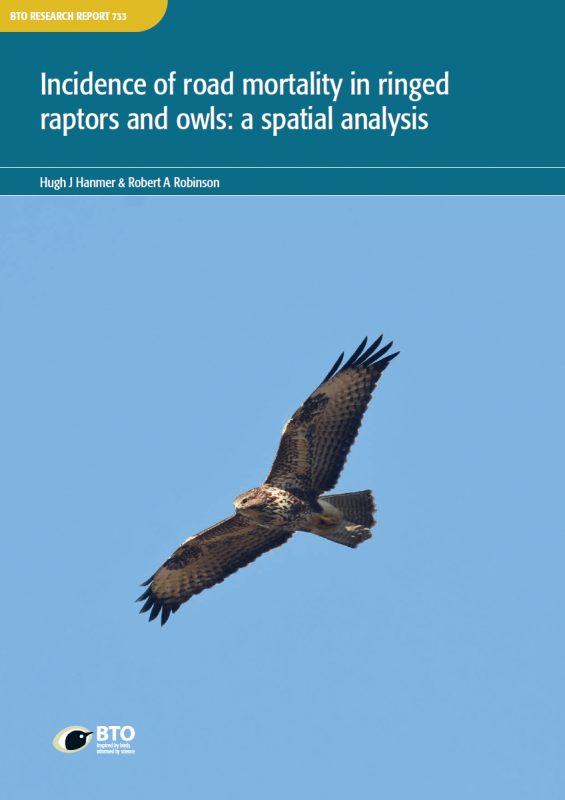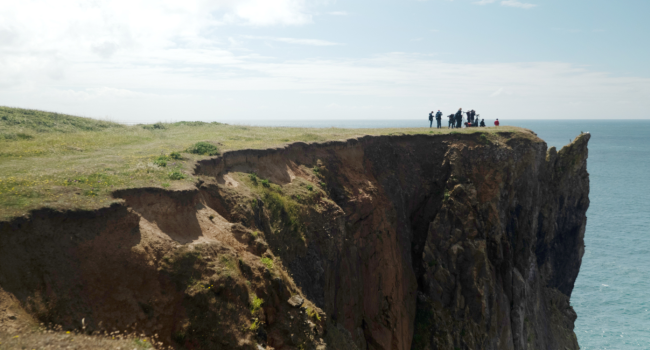Incidence of road mortality in ringed raptors and owls: a spatial analysis
Author(s): Hanmer, H.J. & Robinson, R.A.
Published: April 2021 Issue No.: 733 Pages: 40pp
Journal: BTO Research Report 733
ISBN: 978-1-912642-24-3
Download article 4.08 MB application/pdf
Abstract
Roads represent a significant threat to wildlife through both behavioural effects and the increased direct risk of mortality from collisions with vehicles. The effects of roads may be further increased in countries with dense road networks such as the UK. Some wildlife taxa such as raptors (typical birds of prey and owls) may be especially vulnerable and are often reported as road casualties. However, the true scale and importance of road casualties and other human caused (anthropogenic) mortality on raptors is poorly understood, primarily due to a lack of systematic data gathering and general under reporting. Here we use the existing BTO ring recovery dataset to explore the location and, where reported, circumstances of mortality for ringed raptors in the UK between 2002 and 2019. Within this we consider variations in recoveries and specifically road casualties in relation to species, location, age, season and the presence of roads.
Notes
This work was funded by JNCC. The Ringing Scheme is funded by a partnership of the BTO and the JNCC on behalf of Natural England, Natural Resources Wales, NatureScot and the Department of Agriculture, Environment and Rural Affairs, Northern Ireland. Ringing is also funded by The National Parks and Wildlife Service (Ireland) and the ringers themselves. We thank all those who have ringed and reported birds over the decades, which made this analysis possible.








Share this page